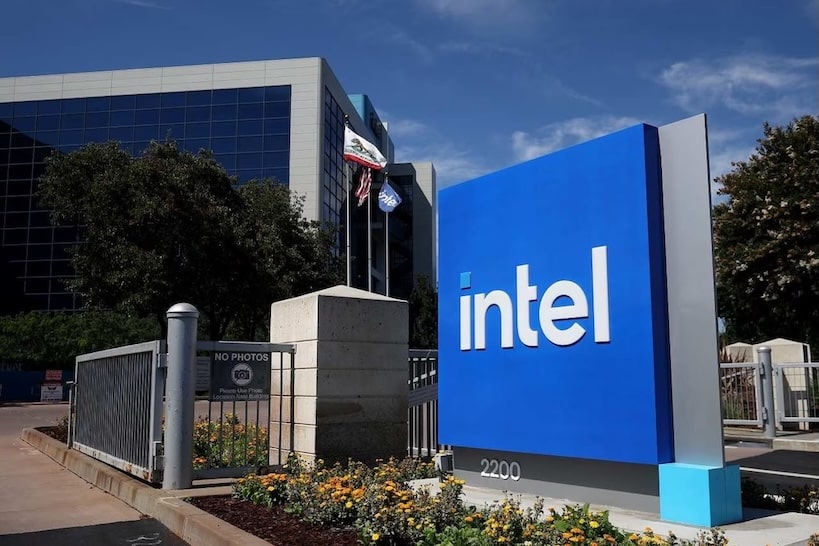Intel Corporation has announced it will lay off about 24,000 employees globally and cancel several major factory projects as part of a significant restructuring to rein in costs and improve profitability. The dramatic moves come under the leadership of new CEO Lip-Bu Tan, who took charge in March 2025 amid fierce competition and shifting market demands in the semiconductor industry.
At the end of 2024, Intel employed nearly 99,500 people. The company now aims to reduce its workforce to roughly 75,000 by the end of 2025. That means close to one in every four workers will be affected. In a message to staff, CEO Lip-Bu Tan acknowledged the difficulty these choices bring, calling them “hard but necessary decisions” and emphasising their importance for Intel’s future. He said, “There are no more blank cheques. Every investment must make economic sense. We will build what our customers need, when they need it.”
The job cuts are not limited to the United States but will be felt worldwide. Intel has cancelled planned factory investments in Germany and Poland, which were expected to generate thousands of jobs but had already been paused last year. The company is also winding down its assembly and testing operations in Costa Rica, where over 2,000 employees are affected as those jobs shift to larger facilities in Vietnam and Malaysia.
Construction on Intel’s $28 billion chip manufacturing plant in Ohio has been significantly slowed. Originally scheduled for completion in 2025, the project is now expected to finish sometime after 2030. The company cited “uncertain demand” and a “need for greater financial discipline” as reasons for the delay. Intel executives admitted the firm expanded production capacity too quickly in recent years, investing heavily before sufficient market demand was confirmed.
Financial results underline the challenges Intel faces. The company reported a net loss of $2.9 billion in the second quarter of 2025, despite revenues reaching $12.9 billion, slightly above analysts’ expectations. This marked Intel’s sixth consecutive quarter of losses—the worst financial streak the company has experienced in 35 years. Meanwhile, rivals such as Nvidia and AMD have gained ground, especially in the fast-growing artificial intelligence chip segment, putting additional pressure on Intel’s leadership.
Speaking about the company’s future strategy, Lip-Bu Tan stressed a new era of cost control and discipline. “We will build what our customers need, when they need it,” he said. “Every investment must make economic sense.” Tan highlighted that Intel will now expand manufacturing strictly in line with confirmed orders, avoiding speculative capacity growth.
The company’s restructuring signals how even giant technology firms must adapt quickly to changing market conditions. The coming months will be challenging for Intel employees worldwide as the corporation executes these extensive changes.
Industry experts believe these difficult steps, while painful in the short term, may be vital for Intel’s long-term competitiveness and recovery. For a 56-year-old tech giant that had until recently pursued aggressive global expansion, this marks a significant strategic shift aimed at ensuring future stability and growth.
Long or Short, get news the way you like. No ads. No redirections. Download Newspin and Stay Alert, The CSR Journal Mobile app, for fast, crisp, clean updates!
App Store – https://apps.apple.com/in/app/newspin/id6746449540
Google Play Store – https://play.google.com/store/apps/details?id=com.inventifweb.newspin&pcampaignid=web_share


